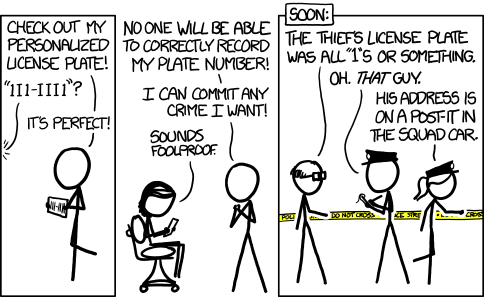I want to prevent myself from reinstalling my system.
Any even remotely normal file on disk doesn't stop that, regardless of encryption, privileges, attributes or anything your running OS could do to the drive. If you erase partition table it'll lose your 'safety' file too without any questions asked as on that point the installer doesn't care (nor see/manage) on individual files on the medium. And this is exactly what 'use this drive automatically for installation' -option does on pretty much all of the installers I've seen.
Protecting myself from myself.
That's what backups are for. If you want to block any random usb-stick installer from running you could set up a boot options on bios to exclude those and set up a bios password, but that only limits on if you can 'accidently' reinstall system from external media.
And neither of those has anything to do on read/copy protection for the files. If they contain sensitive enough data they should be encrypted (and backed up), but that's a whole another problem than protecting the drive from accidental wipe. Any software based limitation concerning your files falls apart immediately (excluding reading the data if it's encrypted) when you boot another system from external media or other hard drive as whatever solution you're using to protect them is no longer running.
Unless you give up the system management to someone else (root passwords, bios password and settings...) who can keep you from shooting yourself on the foot, there's nothing that could get you what you want. Maybe some cloud-based filesystem from Amazon with immutable copies could achieve that, but it's not really practical on any level, financial very much included. And even with that (if it's even possible in the first place, I'm not sure) if you're the one holding all the keys and passwords, the whole system is on your mercy anyways.
So the real solution is to back up your files, verify regularly that backups work and learn not to break your things.

I've used Seafile for years just for this. I haven't ran that on pi, but on virtual machine it runs pretty smoothly and android client is pretty hassle free.